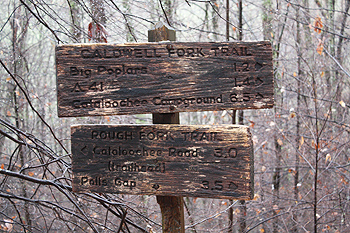|
|
|
Between 2004 to 2007, I did a considerable amount of hiking in Great Smoky
Mountains National Park. I was drawn to the
Cataloochee Valley
area because of its great beauty and intriguing history. Because I hiked alone and
would often walk for hours without coming upon another person, I came to
appreciate just how vast the park was and that in spite of millions of
visitors a year, relatively few venture into the back country.
|
|
Writing
I published my first novel, Wooden Spoons, in the summer of 2006. I was so
encouraged with the the reaction to it, that I began writing Cataloochee
Man shortly
afterwards. |
|
Characters
Most of the characters in Cataloochee Man were made up as the
story progressed. Unlike Wooden Spoons none of the characters were
based on someone I knew. I really can't say why this is the case. I actually
didn't think about it until now.
|
|
Publishing
I completely self published Cataloochee Man. That is, I did everything from writing
the story, to formatting the text to designing and laying out the cover. That is one of
the reasons it took so long to publish - I had to teach myself how to do it.
|
|
The Setting |
|
I first visited the Cataloochee Valley six years ago. Like many people, I went to see the elk. Elk were reintroduced into Great smoky mountains National Park, beginning in 2001 and Cataloochee Valley was chosen as the area for their release. The valley is a unique location because of it's isolation and lush meadows. A few years later, I wanted to do some serious hiking and naturally chose Cataloochee Valley. Over a two year period, I made numerous excursions into Cataloochee Valley, exploring all of the major trails. |
Largest of the poplar trees. |
|
Footbridge over Caldwell Fork |
One hike that became my favorite is a nine mile loop that samples all the interesting aspects of the valley: meadows, mountaintops, streams, wildlife, and historical artifacts. About midway along the loop are three huge poplar trees located on a short sidetrack off the main trail. This was one of my favorite spots along the way and and is where I often stopped for lunch. This site became a focal point of the story. |
|
The Woody House |
Junction of Caldwell Fork and Rough Fork Trails |




